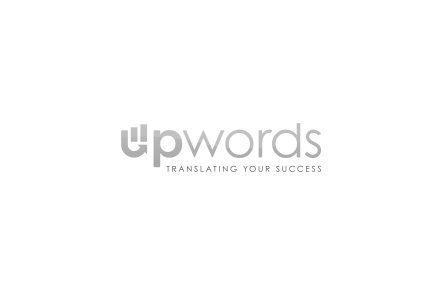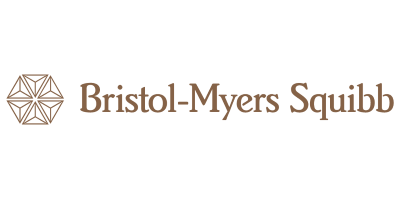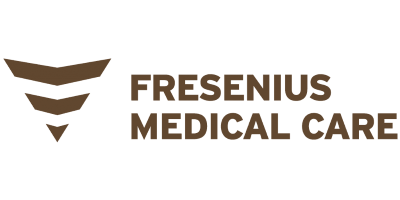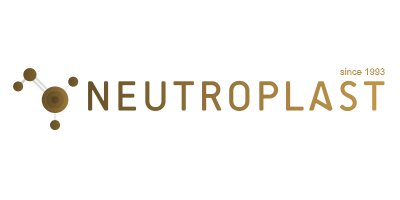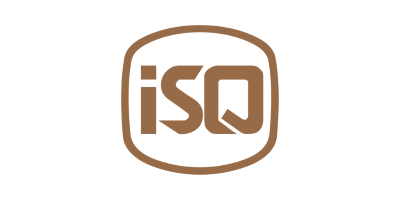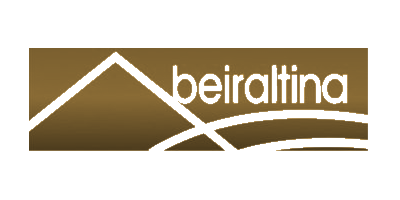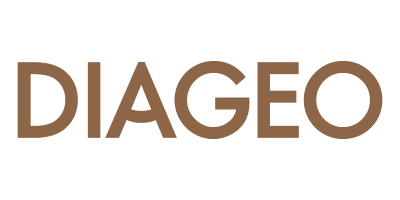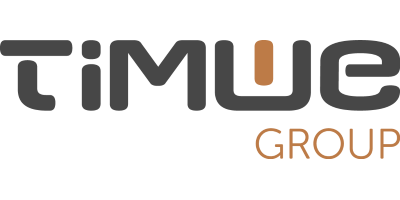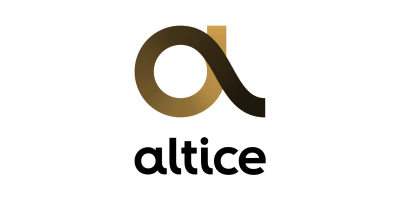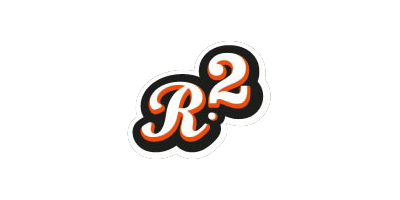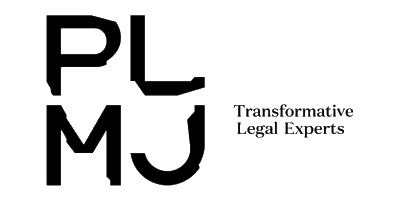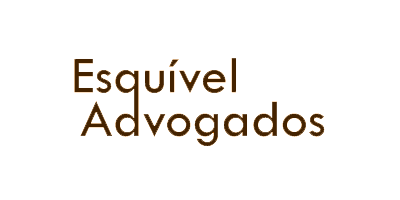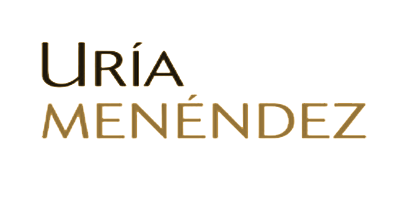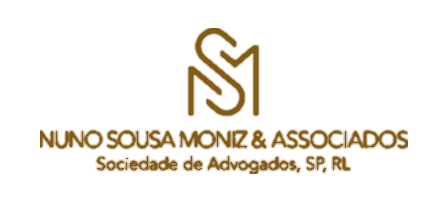As a manager in the cosmetics industry, you don’t need anyone to tell you how important it is to use local terminology when taking your cosmetics e-commerce abroad.
After all, you know your consumers are more and more conscious about what’s behind the cosmetics they use.
You know they want products that are healthy and sustainable, so you want to make sure they understand every word in your labels and your videos.
You also know they want a safe and easy buying process, so you need clear instructions on your website pages.
But if communicating is easy enough in your own country, when you are selling abroad you may stumble on a few issues.
- Maybe your translators are not from your target market country, and you are not sure their translations use native and local terminology.
- Possibly the variety of content — labels, user guides, legal, finance, and marketing documents — is too broad for your translation team to deal with.
- Most of the content is probably already formatted and presented in different file types, which makes translation more difficult and slower.
- There’s specific terminology in subsectors of your company, so you would prefer to allocate translation to internal teams — but they are not translation professionals, so apart from technical terms, the translations are not sounding as they should.
- You find difficulty in integrating translation in the content lifecycle management and establishing effective quality assurance measures.
If any of this sounds painfully familiar — we’re here to help you.
Our translating teams comprise professionals from dozens of different countries, so we will provide you with native and local translations that are relevant to your customers’ language and culture.
Besides, we make sure cosmetic translations are in plain language that your consumers will easily understand. The same goes for the other kinds of written content — for instance, it’s crucial that shipping and return policies are clear. And we’ll take care they are.
We use software and technology that eliminates the need to re-design documents — such as labels, manuals, brochures — after the translation phase.
Not only that, but we also offer different solutions for each content type and need — translation, transcreation, localization, and copywriting. For instance, if there are significant cultural specificities to your target country, we’ll transcreate your ad campaign instead of translating it.
To keep things running smoothly, we use translation technology to integrate the translation workflow in your content lifecycle management.
But that’s not all we’ll do for you. We’ll go further.
To help you keep consistency in all your content, we’ll develop specific terminology databases. We do this through terminology extraction and the combination of existing terminology records if you have them. Our teams will also maintain and adjust these databases.
In all the content we adapt and create for you, we’ll use Brand Language Management, which ensures globally consistent brand language across all your copy and thus maintains customer engagement.
Brand Language Management includes copy storage and translation memory — databases that facilitate and speed up the translation process and approval workflows.
We can do all the above because we work with mixed human teams of subject-matter-expert linguists backed up by technical experts with a degree (Doctors, Lawyers, Software Engineers, etc.), who are tested and constantly evaluated.
We use our ISO-certified processes and technology to drive effectiveness. All the material we create and adapt goes through three-step quality assurance.
This all comes to show that when you choose to work with us, you get much more than a translation service.
You’ll get peace of mind by knowing your brand will speak to your foreign customers in their natural every-day language.




